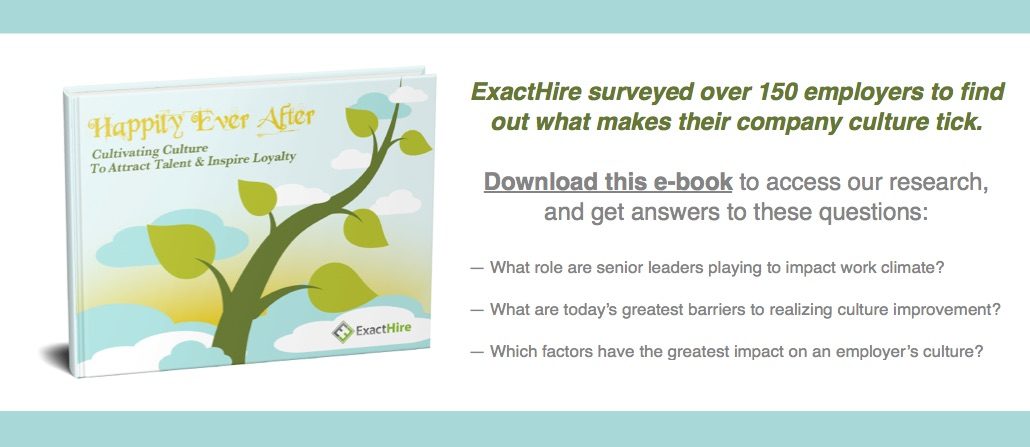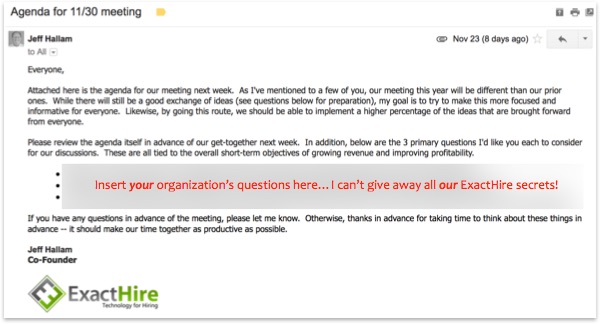Lack of Leadership
HR is into acronyms. Whether self-created, representative of the latest certifications or handed down by the U.S. Department of Labor (USDL), HR professionals swim in a sea of acronyms. So as SMS texting language emerged over the last decade, HR was better prepared than most.
However, there is one acronym that HR simply cannot (and should not) tolerate: “LOL.”
No, not “Laugh Out Loud”–though HR does, indeed, LOL when applicants use BTW or FYI in their resumes. No, this is a different type of LOL… “Lack Of Leadership.”
Organizations Lacking Leadership
One of the biggest challenges that a Human Resources department may face is to operate within an organization that has weak or poor leadership. An organization that lacks leadership will also lack vision. Without vision, employees will lack strong purpose. Without purpose, employees are only motivated by their pay. And, finally, employees who are only motivated by pay will find it hard to remain loyal to an organization when better paying opportunities present themselves.
In short, organizations that lack leadership will fail in both attracting new talent and inspiring loyalty in current employees. This is the perfect environment for high employee turnover and poor hiring–an unvirtuous circle.
Why HR Is Not Laughing
The reason this becomes an obstacle for HR is that they own the metric and outcomes for employee turnover and hiring. They must be accountable for both. However, in the presence of poor leadership–or worse, a complete lack thereof–HR has little real control over those areas. They have responsibility without control.
Sure, there are things that HR professionals can do to mitigate the effect of weak senior leadership, but ultimately it’s the leaders themselves who hold the power to affect change. And the change that is required to roll back bad hiring and employee turnover begins with them.
IMHO
In my humble opinion, senior leadership must be held accountable for the outcomes of every department. This does not mean that they are responsible for those outcomes, but that they need to understand and be transparent in how their actions impact results across an organization. This approach to leadership is the hallmark of a good leader, and so for “LOL organizations,” change must be enacted by someone other than that leader.
Enter HR
Although HR can easily see the effects of LOL on hiring and retention, they may not always be in the best position to improve organizational leadership. The “seat at the table” is still elusive for many promising HR leaders. However, HR must be prepared to draw connections between leadership and poor HR outcomes.
This, of course, is no easy task. It requires not only the right information, but the ability to present it tactfully. First, let’s look at the information needed.
Employee feedback can quickly illustrate whether or not leadership is lacking at an organization. This feedback should be collected regularly throughout the employee lifecycle and cover a broad range of topics. There are a number of ways to do this, but what’s most important, for the purpose of measuring leadership effectiveness, is that it answer questions like:
- Do you feel valued by leadership at this organization?
- Do you find purpose in your work?
- Do you feel that your work makes an impact on the organization?
Answers to these types of questions speak directly to the effectiveness of leadership. The insight gathered from them can improve not only leadership, but the employer brand as a whole. Next, we must present this evidence with tact.
A good way to begin a conversation with senior leadership on the need for leadership improvement is to provide compelling evidence that improvement is actually needed, then move to how it can be accomplished. So to begin, HR should focus on the bad HR outcomes and how they hurt the organization. This might be painful for HR, but it will get the attention of leadership.
Then, with a need for improvement clearly established, move the discussion to changes that may improve the outcomes. This is where feedback from employees will be critical. Without evidence that employees perceive a LOL, any suggestions that change begin with leadership will be badly received.
Once leadership recognizes the drivers of bad HR outcomes (uninspired, unempowered employees) they will be motivated to change them–even though they still might fail to realize that they are causing them. This is fine because it will begin a new discussion on how to inspire, empower, and value employees. It’s at this point where HR suggests that leadership take a leading role (imagine that).
TL;DR
Although senior leadership is ultimately responsible for the overall health of an organization, HR is in a vital position to improve it. With a process to collect employee feedback and a little bit of tact, HR can provide senior leadership with the insight required to become more effective.
Don’t have time to collect, analyze, and present all that feedback? ExactHire provides hiring software that saves HR professionals time, allowing them to focus on new initiatives that enhance hiring and reduce employee turnover.





